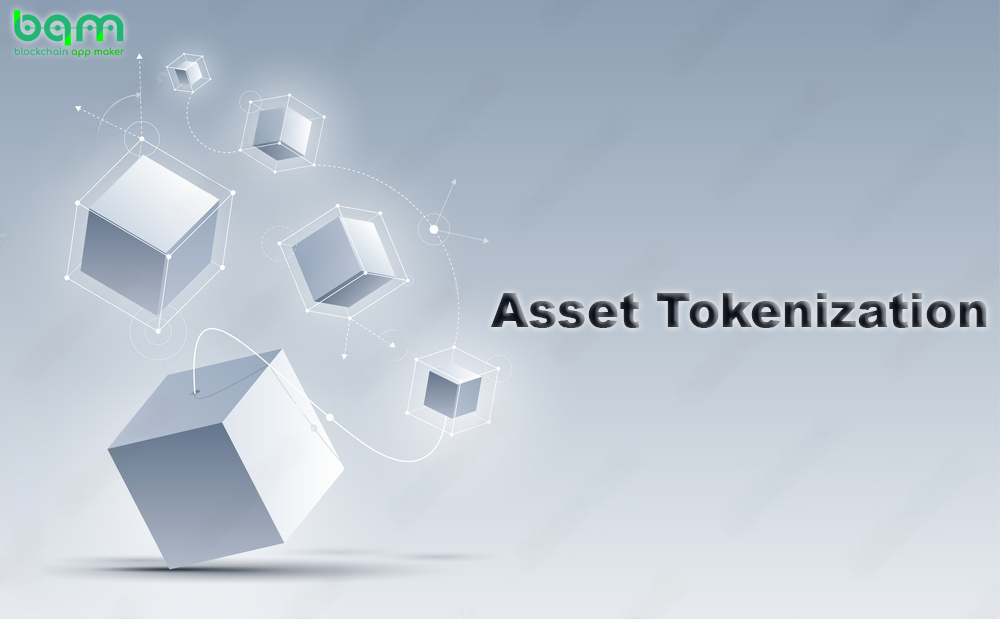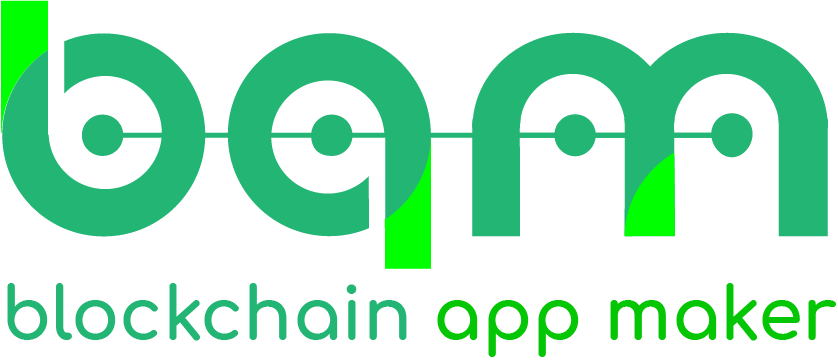
Blockchain technology seeks to create an equitable financial landscape wherein investors, creditors, and debtors are afforded full autonomy over their possessions. Companies can capitalize on underutilized or illiquid assets through asset tokenization solutions.
What is Asset Tokenization?
Asset tokenization is a process that involves the digital transformation of both physical and non-physical assets on the blockchain. This technology has been adopted in numerous industries, such as finance, art, real estate, and health care, to enable users to store and trade their assets fractionally or entirely. It has seen a surge in popularity due to its benefits and is likely to become a global trend. Each token may not always symbolize a single asset because it is generally divided into smaller portions to create an entire token.
What Assets Are Tokenizable?
Real Estate: Asset tokenization in the real estate sector allows for the fractional ownership of properties, making property investment more accessible to investors. This reduces the entry barriers for those wishing to invest in this usually illiquid market, with users being able to leverage the best real estate tokenization platform for optimum results.
Currencies: Stablecoins, tokenized versions of fiat currency and cryptocurrencies, offer an efficient, secure way to conduct cross-border transactions. Furthermore, these digital assets provide an advantage in the highly volatile crypto market, as they are pegged to the value of a specific currency and thus maintain stability.
Art and Collectibles: Tokenization provides the ability to tokenize highly-valued art pieces and collectables, thus facilitating fractional ownership and trading. This could potentially result in an increase in liquidity and open up novel investment opportunities for art collectors and fanatics.
Financial Tools: Tokenization of stocks, bonds, and other financial instruments can simplify trading, minimize related costs, and boost efficiency.
Precious Metals: The tokenization of assets such as gold, silver, and other commodities can yield digital representations of these resources. These tokens provide an alternative to tangible ownership, establishing more liquid markets for certain commodities.
Patents, Trademarks, and Copyrights: Tokenizing patents, trademarks, and copyrights can create new investment opportunities and facilitate the management of intellectual property assets.
Equity: Asset tokenization can open up new possibilities for private equity investments, allowing investors to buy and sell shares of private companies in fractions. This process increases the liquidity of these assets, which were illiquid, and provides investors with more investment opportunities.
Features of Asset Tokenization Software
Fractional Ownership: The introduction of digital tokens allows for a portion of an asset to be assigned to a user, enabling the ability to share ownership of the said asset and permitting partial asset trading.
Automated Recordkeeping: All tokenized asset transactions, such as those conducted through smart contracts, are validated, timestamped, encrypted by cryptography, and recorded in an immutable ledger that is accessible to asset owners and investors.
Peer-to-peer asset trading: Tokenized assets can be exchanged directly between asset owners and investors without the necessity of intermediaries, such as governmental entities or financial institutions, to facilitate the transfer.
Smart Contracts: The platform is designed and created using a blockchain network, thus rendering it decentralized. The smart contract ensures the safety of assets.
High Liquidity: The asset tokenization platform has attracted many investors worldwide, creating high liquidity and consequently driving up the purchase of multiple digital assets.
Benefits of Asset Tokenization
Fewer Intermediaries: Tokenization can drastically reduce the need for intermediaries and increase efficiency. By tokenizing assets on the blockchain, there is no need for an intermediary as the distributed ledger system functions as a “source of truth” that guarantees the security of the transaction, is responsible for the secure storage of digitalized assets, and is able to conduct transactions.
Automation: Smart contracts with blockchain-based asset tokenization facilitate the automation of a large portion of the process, thereby eliminating the cost of intermediaries and the administrative workload associated with conducting transactions. As a result, all users can experience faster and more cost-efficient transactions.
Divisibility: The blockchain offers another key advantage that has the potential to revolutionize the market: the ability to divide any asset into an unlimited amount of virtual shares, tokens representing each of them. Asset Tokenization makes it possible to inject liquidity into markets that were previously illiquid, thus creating new opportunities.
Transparency: Assets Tokenization ensures transparency by allowing users to establish their rights and responsibilities and designating token characteristics to reflect their ownership status accurately. It provides the user with a clear understanding of the entities with whom they are transacting, the applicable terms and conditions, and the origin of the purchase. This level of openness and clarity in transactions ensures greater transparency.
Global Reach: The platform would drive traffic from all corners of the world, resulting in significantly increased global reach and visibility. It would result in improved values of the asset present in the platform, thus offering greater returns for all stakeholders.
Tokenization v/s Securitization
Asset tokenization and securitization are both means of transforming assets into tradable securities; however, they differ in their respective processes, technologies, and potential advantages. Tokenization of assets utilizes tokenization crypto and tokenization blockchain technology to produce digital tokens representing ownership of the assets. Securitization involves pooling assets and issuing tradable financial instruments backed by those assets.
Why Bring Real Assets to Blockchain?
By introducing real assets into the blockchain network, users can transfer them with greater ease and efficiency. Furthermore, this ensures that the data related to the asset is secure and available to any person worldwide for years to come, thus enabling the future use of the asset. Blockchain App Maker can help you in developing the Asset Tokenization platform. The team of experts at Blockchain App Maker is well-equipped to develop an asset tokenization platform powered by the most up-to-date blockchain technology and features. This platform can provide customers with a superior business experience through its versatile functionalities.
